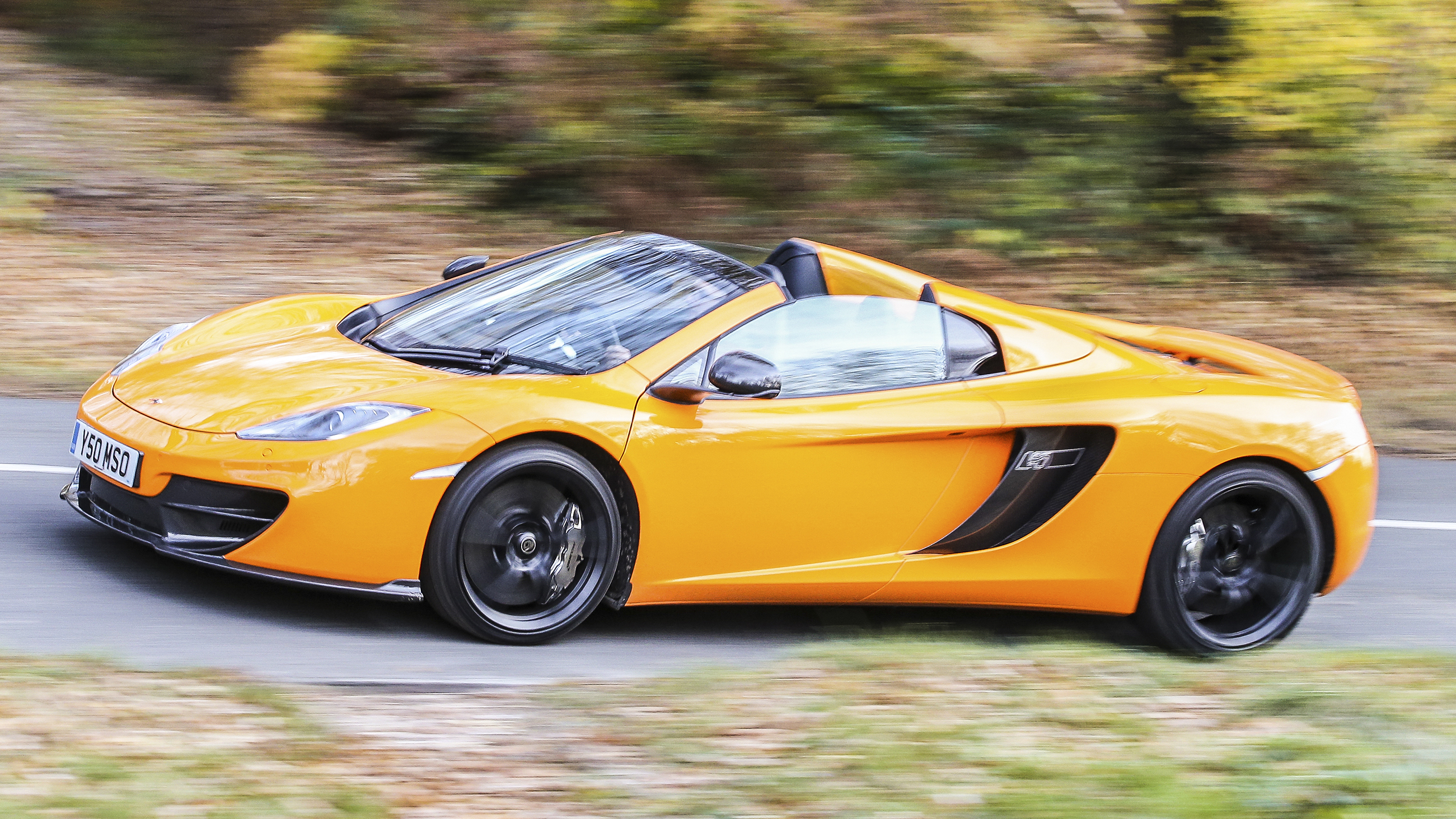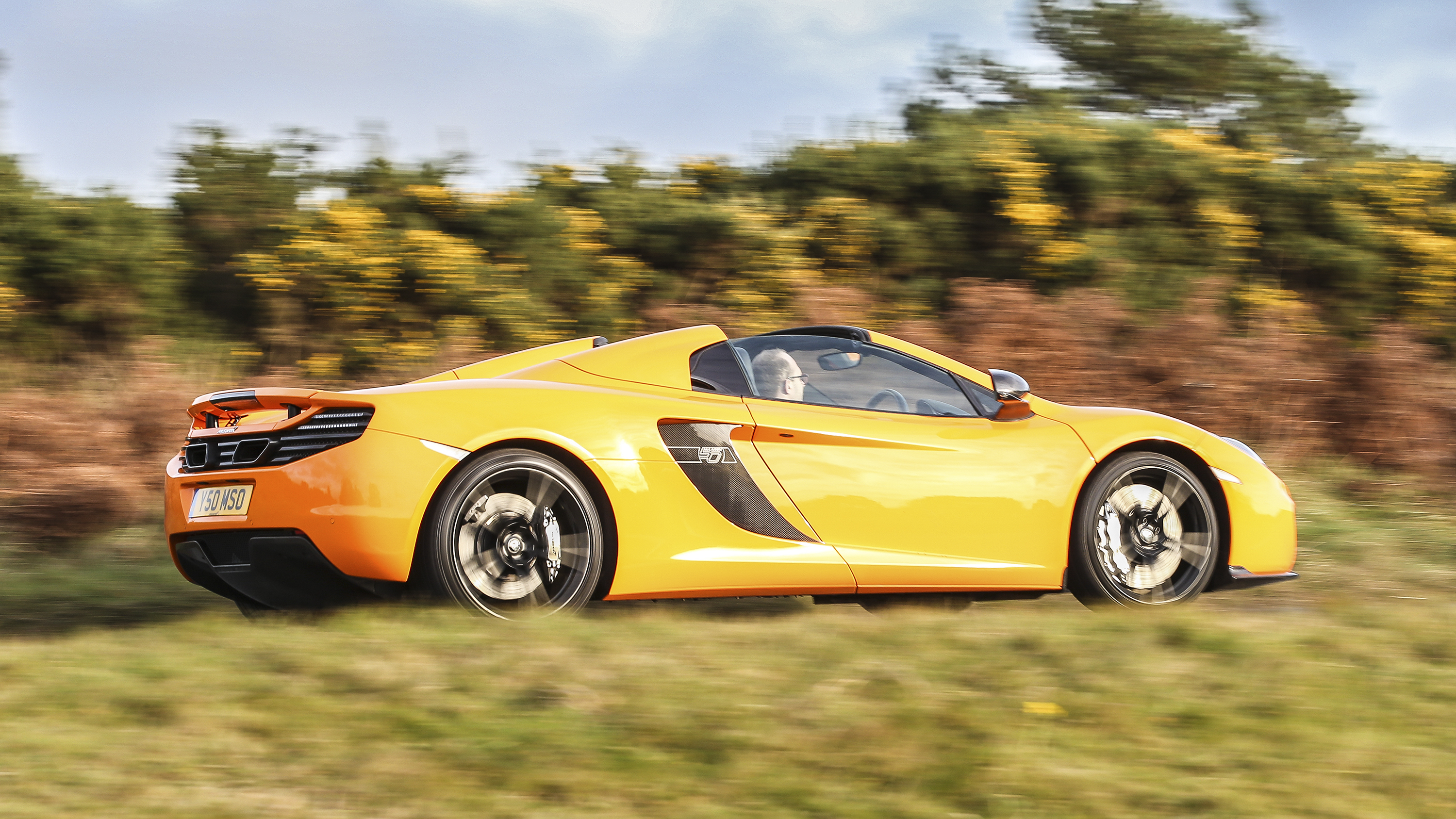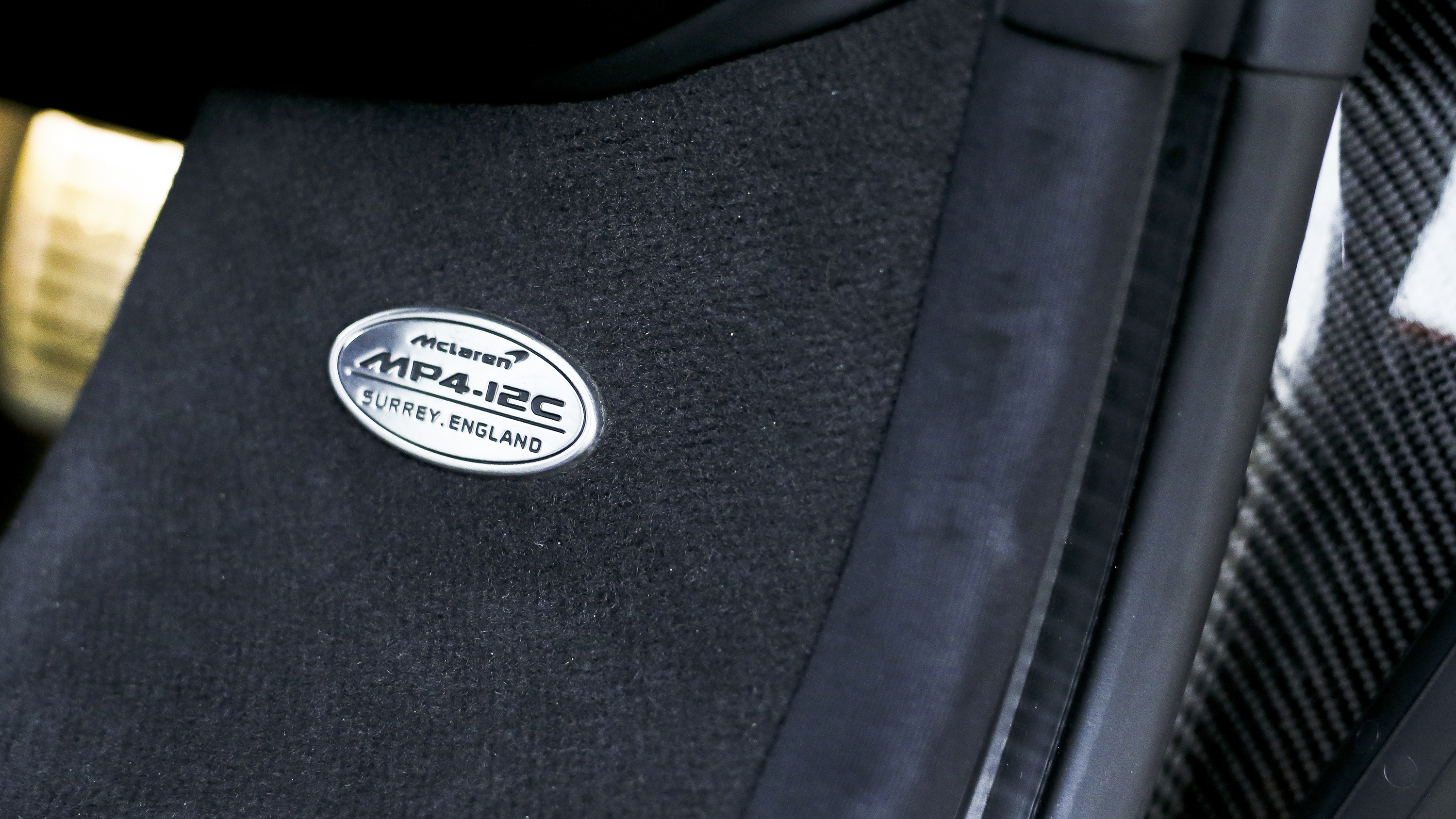
McLaren 12C review
Good stuff
Usability, speed, comfort, rarity
Bad stuff
Bit of turbo lag, gearbox not the snappiest, not the most uplifting engine noise
Overview
What is it?
McLaren’s meteoric rise over the past six years is well documented. The launch of the MP4-12C heralded the arrival of McLaren Automotive, and while the superlative McLaren F1 and oddball Mercedes SLR sit above it on the company’s family tree, this was a new dawn. A whole range of cars, made in respectable numbers, to take on the class establishment.
Things didn’t start superbly. Reaction to the MP4-12C – renamed 12C partway through its life – had a lukewarm tinge, with a bunch of people expecting the second coming of the F1 left unsated.
But now that cars like the P1 and 675LT have properly established McLaren in the supercar arena, and guaranteed it’s here for a long time to come, those early cars are taking on something of a new life. Some are suggesting they’re collectors’ items in waiting – the rare, valuable ‘McLaren #1’ that will be an important part of sports car collections of the near future.
So the fact they currently start at £100,000 means the word ‘bargain’ might not be so throwaway here. It also means the first example of one of McLaren’s Super Series cars is comfortably cheaper than its Sports Series cars start at new (the 540C begins at £126,000). Is this the supercar for the canny?
Like every McLaren that’s followed since, the 12C’s core consists of two key components: a carbon ‘MonoCell’ chassis tub, and a 3.8-litre twin-turbo V8 engine. The former helps secure a stiff yet light structure (and a slightly awkward sill to climb over), the latter stupendous performance.
It launched in 2011, with the 562bhp Ferrari 458 Italia as its chief rival. Yet the 12C stamped all over it on paper, launching with 592bhp and later upgrading to 616bhp, enough to take its 1.4 tonnes to 207mph, via a 3.1sec 0-60mph time. A quick prod online suggests those performance figures are conservative, though.
But with a claimed 24mpg, it was its usability that would really set it apart from its Italian rival. Along with fishbowl visibility courtesy of its huge windscreen, the spookily calm ride quality from its Proactive Chassis Control system and the friendly handling traits aided by its Brake Steer setup (brake-based torque vectoring, in effect), it proved absurdly easy to drive for a mid-engined, rear-drive supercar.
It launched in 2011 as a two-door coupe, the MP4-12C. It received a few updates over the years, most of which could be retrofitted to existing cars, and ranged from the power hike to new software for the infamously odd IRIS infotainment system.
In 2012, a Spider version launched, and both cars were renamed ‘12C’, presumably to make pub boasting less of a mouthful. The Spider possesses a folding metal roof, which drops electronically, but means you no longer get a glass engine cover. You might think the trade-off worth it for the extra sensations of driving open-top. We’ve got one of those here, in carbon-draped 50th Anniversary Edition form. Fifty were made of each body style, in 2013, and it shows off lots of the ‘MSO’ extras you can spec on McLarens used and new.
The car continued production until 2014, when it was superseded by the 650S, which in effect was a heavy facelift of the 12C. Before its replacement, though, McLaren added more goodies, including a front-lift system for better clearing the nose over speed bumps, and proper buttons on the doors in place of the showy swiping method that made early cars strangely tricky simply to get in. Over 3,400 12Cs were made, sales split 60/40 in the coupe’s favour.
What's the verdict?
The 12C’s cleverest trick is how easy it makes the dark art of driving a supercar. Skulk under its door before hurdling over the sill and you might suspect you’re in for a wild and unpredictable ride, but it immediately dissipates the fear and welcomes you in with a soft and compliant ride and a widescreen view of the world.
Featured

Trending this week
- Car Review
BMW iX3






